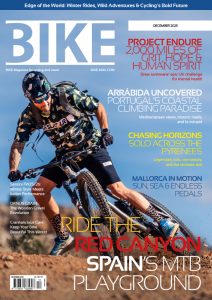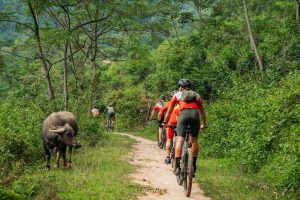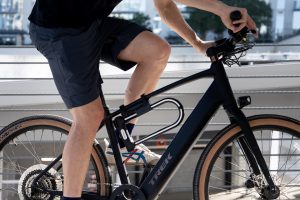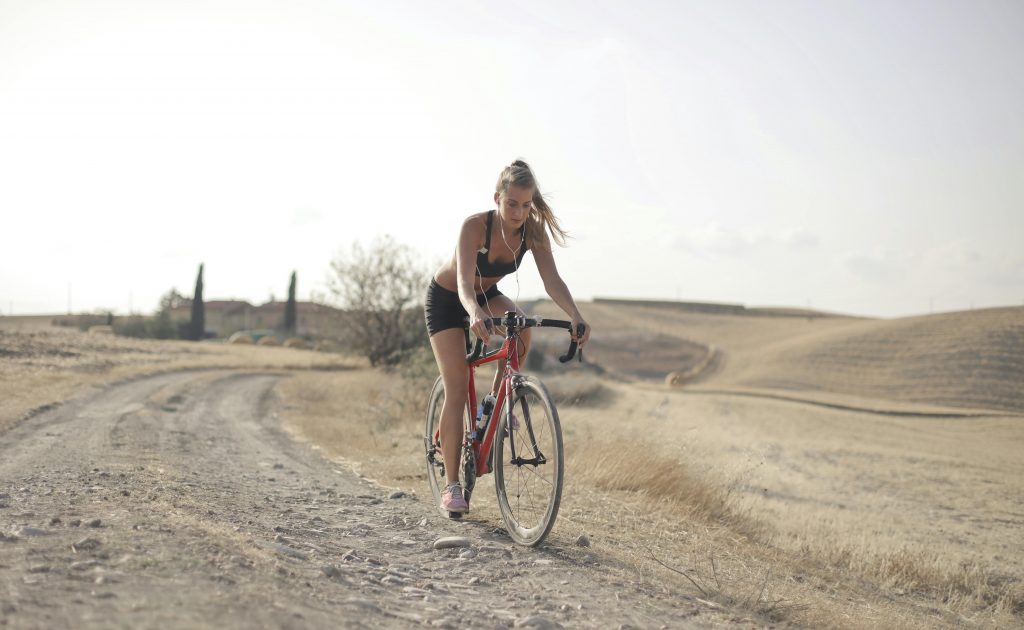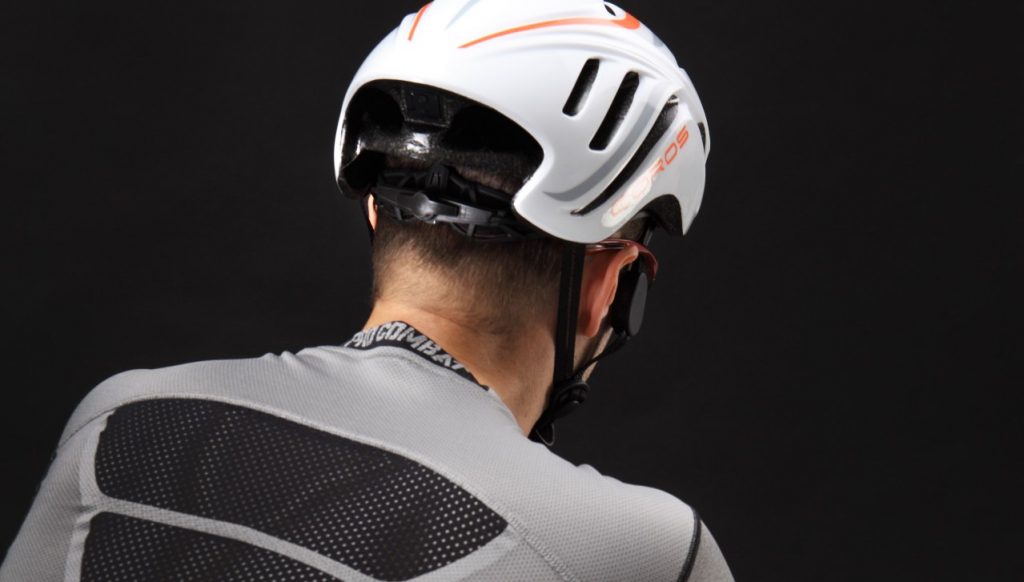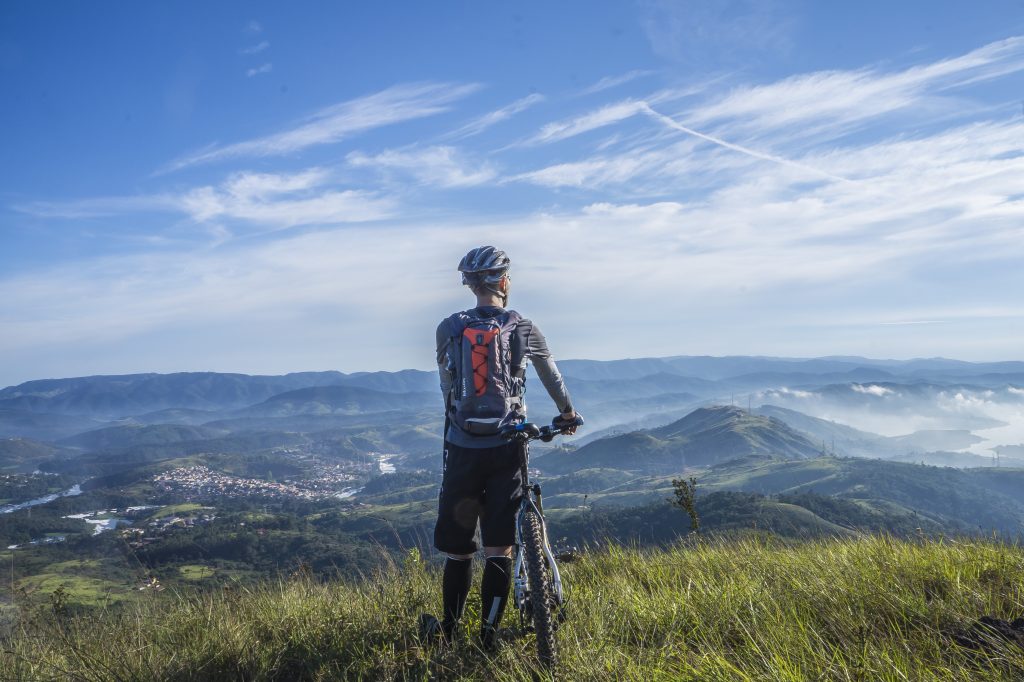3 Fitness Myths That Are Actually True
Everyone is looking for a quick fix or to sum up the basics of a complete workout in just a few words or less. But some of these easy takeaways, believe it or not, are grounded in reality. We spoke to Dr. Timothy Noakes and Dr. Stephen S. Cheung, co-author of Cutting Edge Cycling, to find three fitness myths that you should actually take to heart.
You Can Spot Tone —
Everyone tells you that spot toning isn’t possible, likely because of all the folks flopping up and down on the floor trying to whittle away their middle. But have you looked at a cyclist’s legs? Strong, chiseled quads and calves are the hallmark of the sport. Heck, the New York Times even did a feature on how competitive riders can’t find pants that fit because of their small waists and powerful thighs and glutes.
The reality is this: Cyclists turn the pedals about 90 revolutions per minute—that’s 5,400 times an hour—using their quads and glutes to do the work. All that spinning also sheds fat—from all over. The end result is rock-solid sculpted legs with the signature bulge over the knee.
To maximize cycling’s toning potential, head to the hills. Fighting gravity forces you to push down on the pedals with all your might, which triggers the same physiological adaptations and muscle building as resistance training. Full throttle sprints—hammering as hard as you can for 30 seconds and recovering for a minute (repeating 10 times) will also fry fat and build lean muscle for great legs.
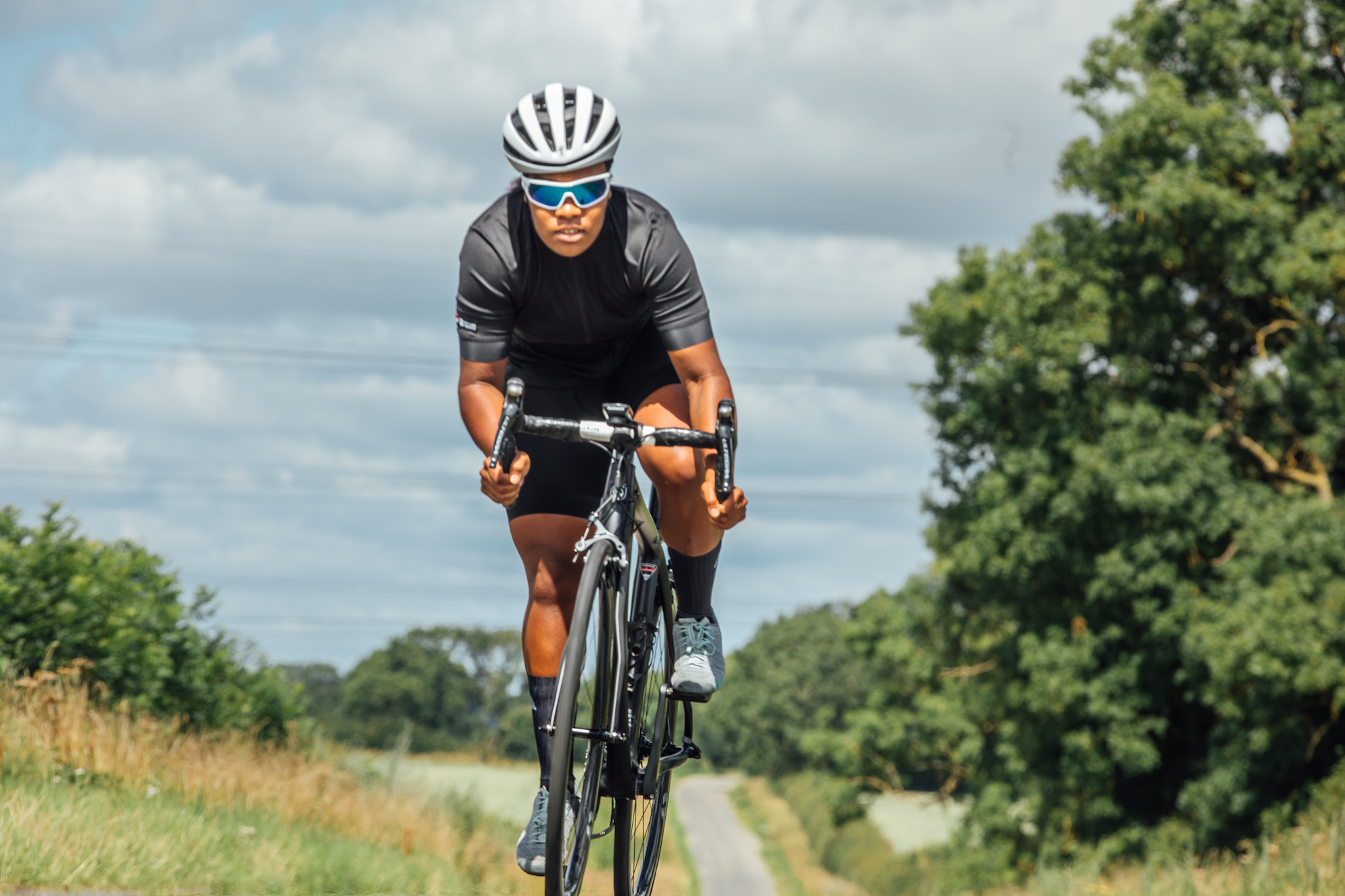
Exercise at a Low Intensity to Burn Fat —
Everyone wants you to forget about the fat-burning zone. And for casual gym-goers, who would be better served to pick up the pace and scorch as many calories as possible (including a healthy afterburn) than whiling away their precious gym time at 120 beats per minute, it’s good advice. But endurance athletes like cyclists reap special rewards by spending a good portion of their training in this relatively easy realm.
“Elite cyclists become world beaters by spending a high percentage of their training time at “endurance” intensity,” says kinesiologist Dr. Stephen S. Cheung of Brock University and co-author of Cutting Edge Cycling. “A critical physiological adaptation for cyclists is sparing glycogen during long rides. This cannot be trained with short intense rides that rapidly drain glycogen stores.”
Endurance-paced rides also train your body to be a better fat burner by building hundreds of thousands of capillaries in your legs, increasing the size of energy-producing mitochondria, and boosting the production of fatty-acid binding proteins and fat carrying enzymes. Long steady rides also teach you pacing and condition your body (and mind) to be comfortable on the bike for hours, says Cheung.
No Pain, No Gain —
Sorry, this one’s totally true. You can ride 5,000 miles a year, but if you only go one easy speed, you’ll get fitter, but you won’t get much faster. You need those easy base miles, yes. But cycling ultimately rewards suffering. Hard efforts that make your legs burn and insides ache, raise your lactate threshold—the point at which your body creates more lactate than it can use and you’re forced to slow down.
A higher threshold means that you can cruise longer at a faster pace before slamming into your ceiling. Cyclists also prize suffering; as the rider who is willing to suffer the most is often the one who stands on the top of the box in the end.
Equally important, a little pain lets your brain know you can handle hard efforts, so when it comes time to race, you’re more likely to start and finish fast. “The brain paces you based on past experience,” says South African exercise researcher Dr. Timothy Noakes. “It wants to protect you. So if you’re going harder than it’s used to, it’ll shut you down before you want or before you even have to. Training hard lets it know you’re safe.”
Get comfortable in the pain cave with LT intervals like under-overs. After a good warm-up, increase to a steady, tempo pace for five minutes. Accelerate to VO2 (about 90 percent max) for a minute. Take it back to tempo for five minutes. Continue back and forth for 20 to 30 minutes.




















